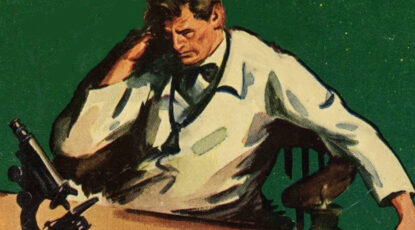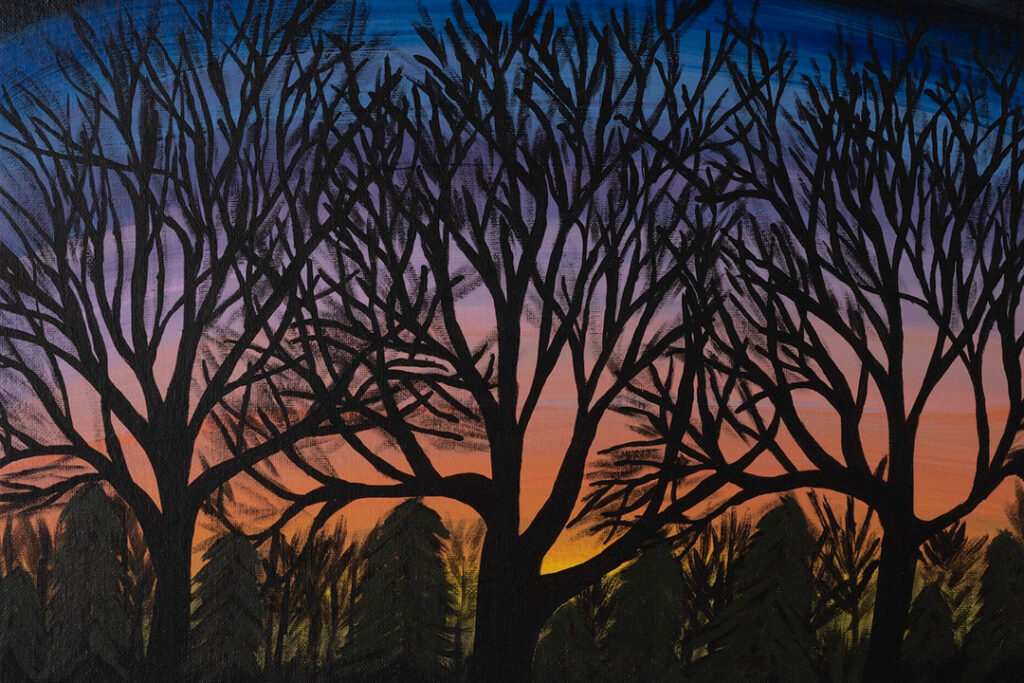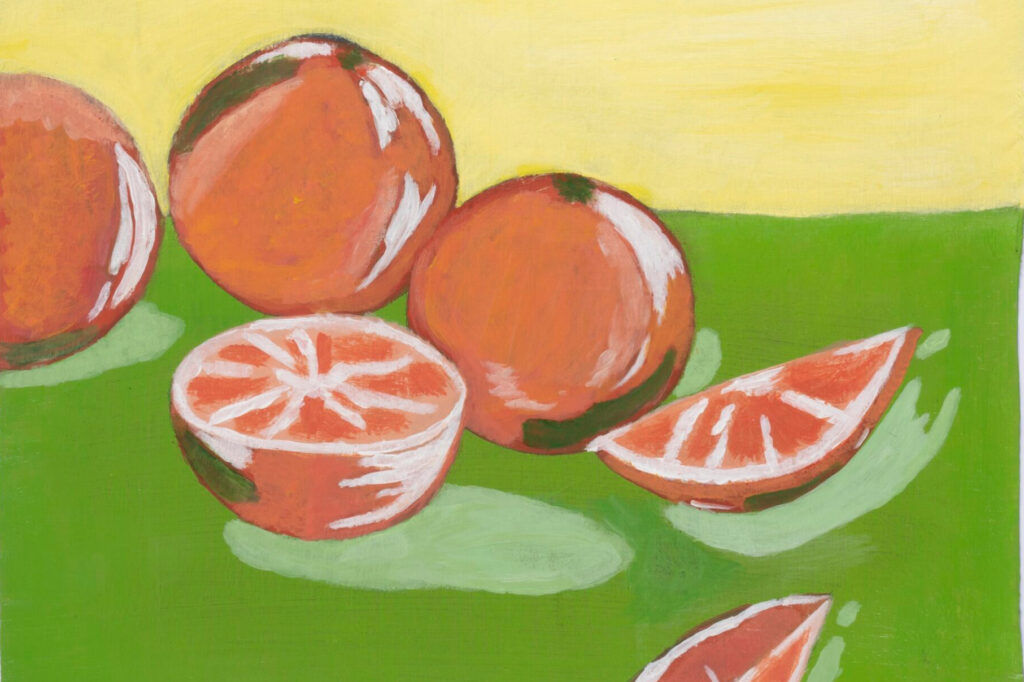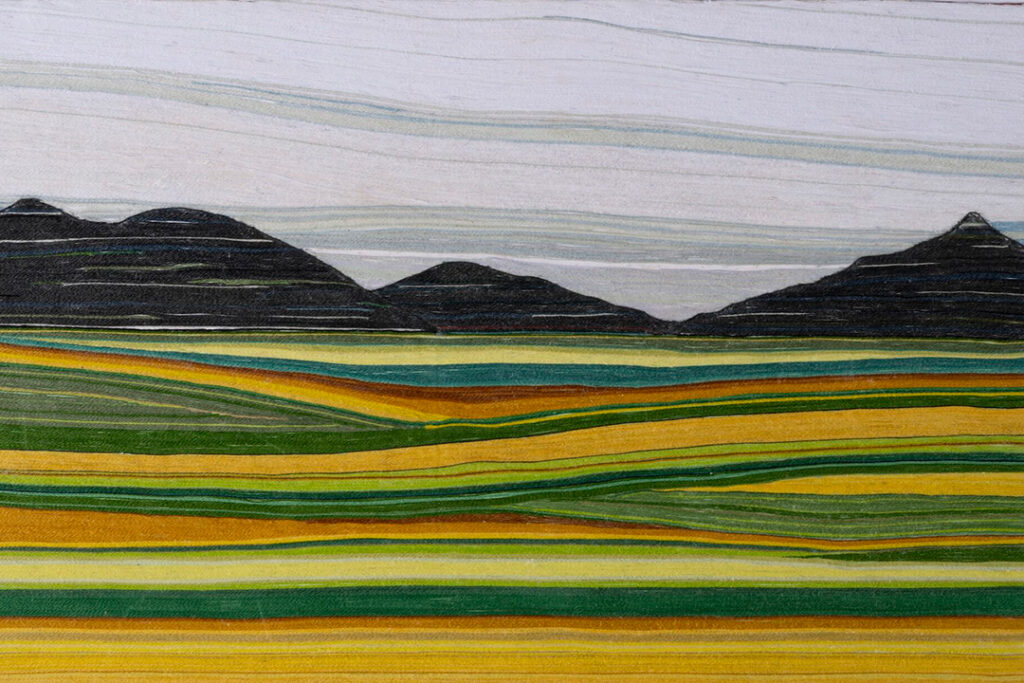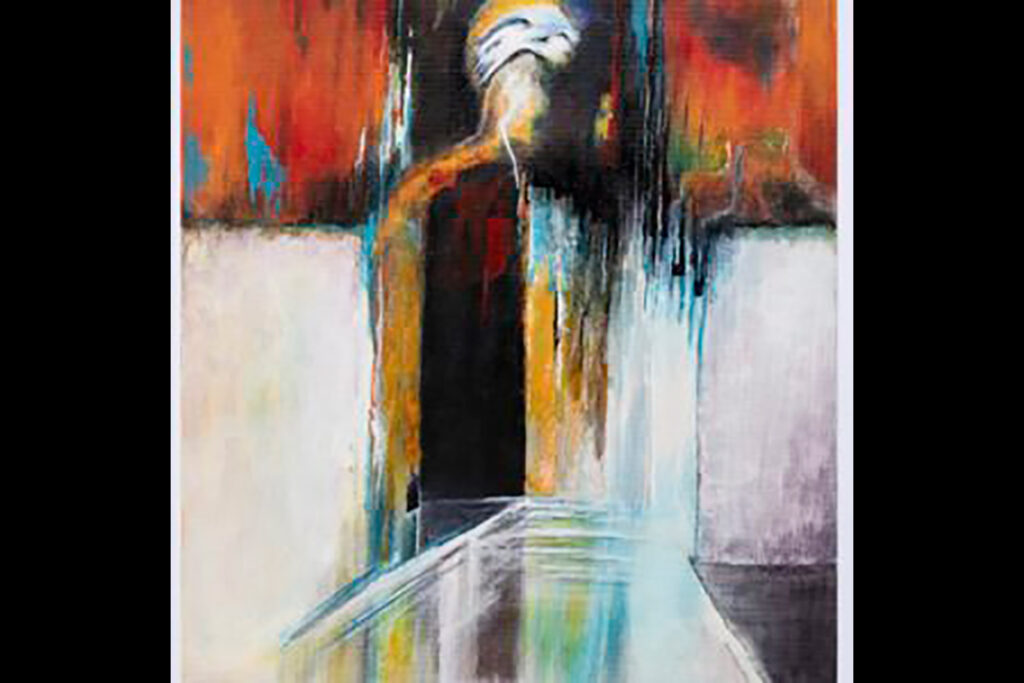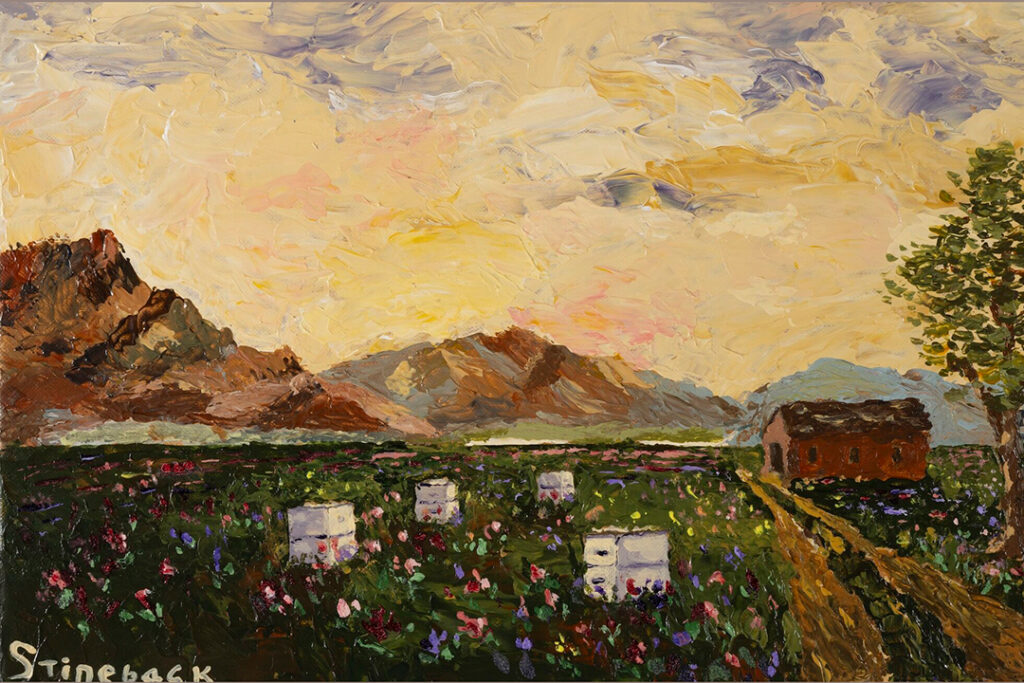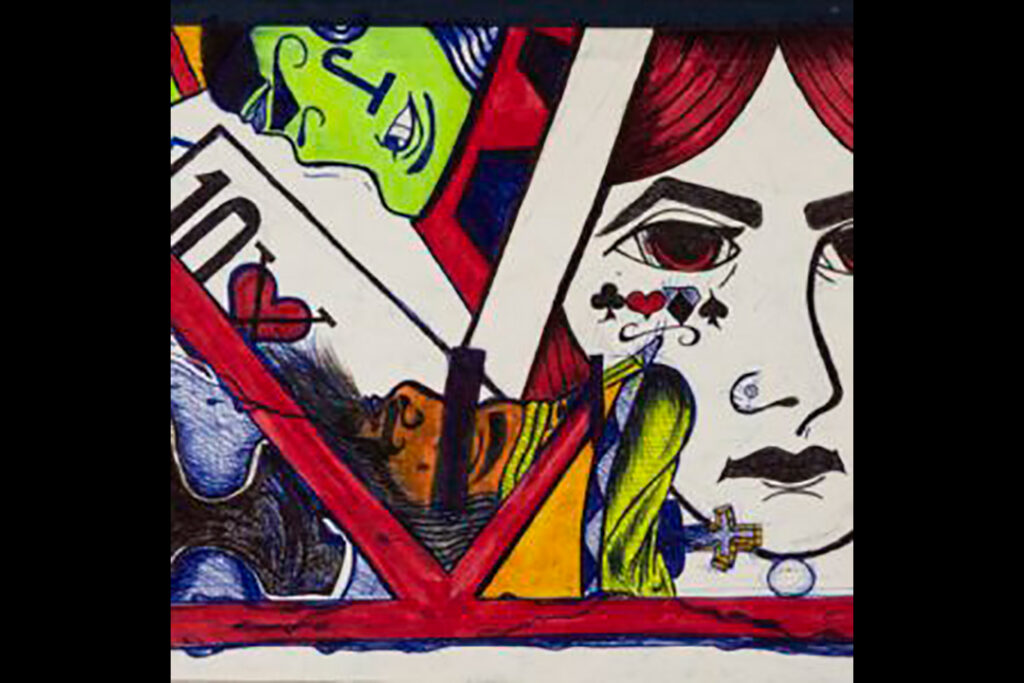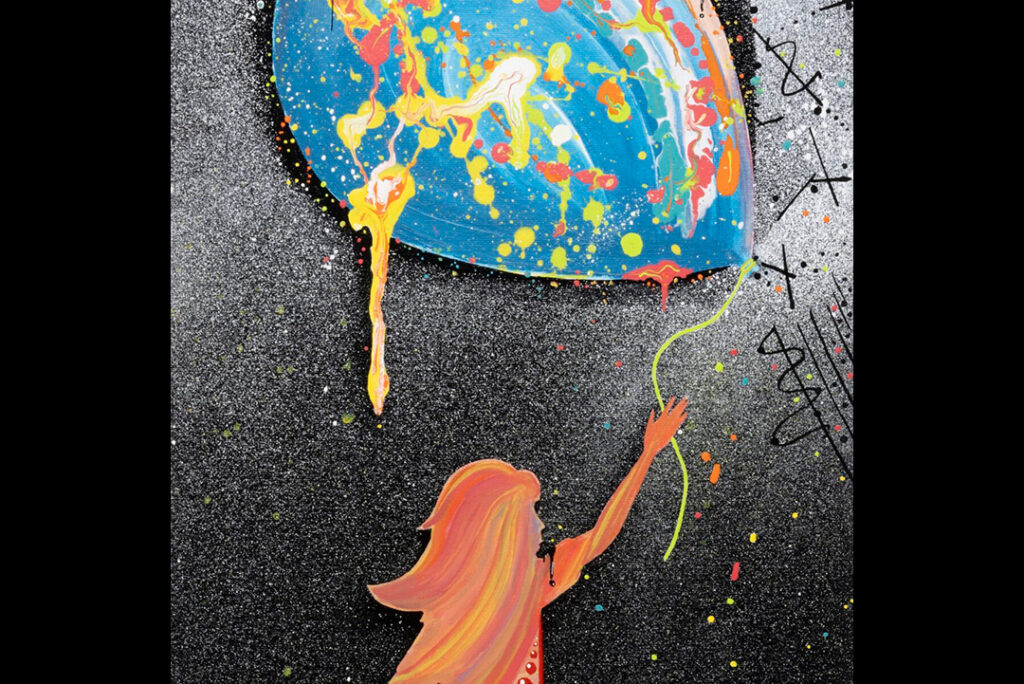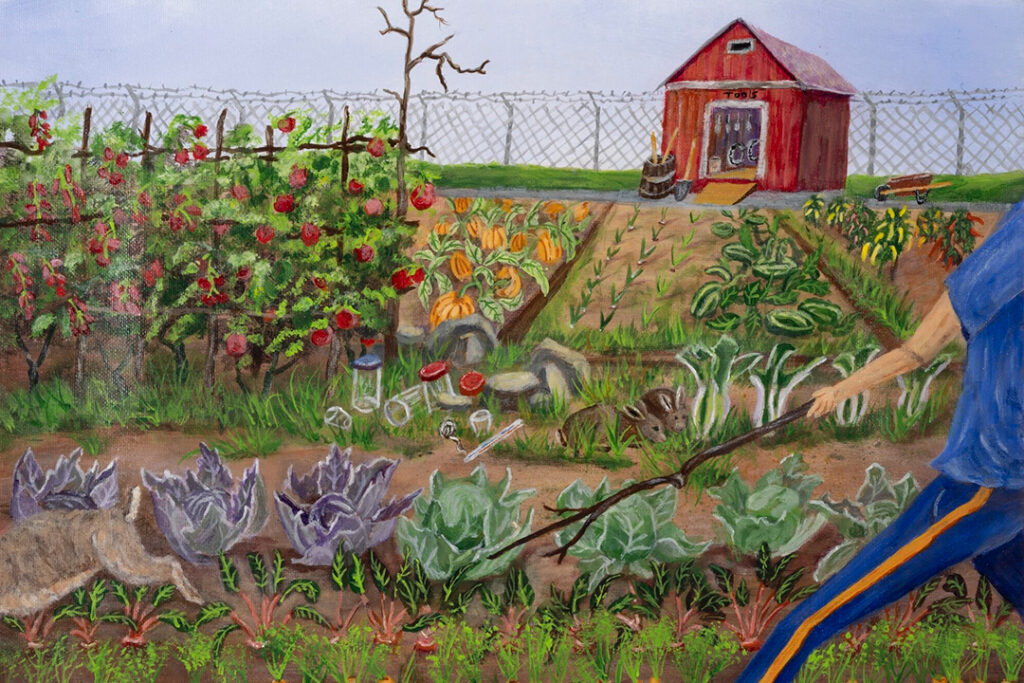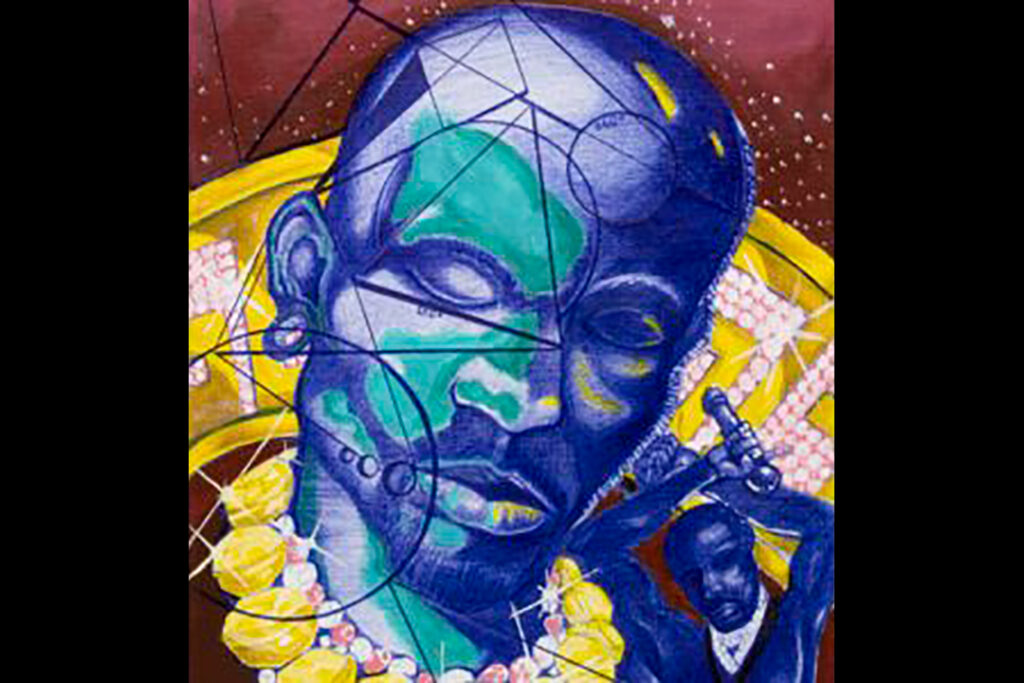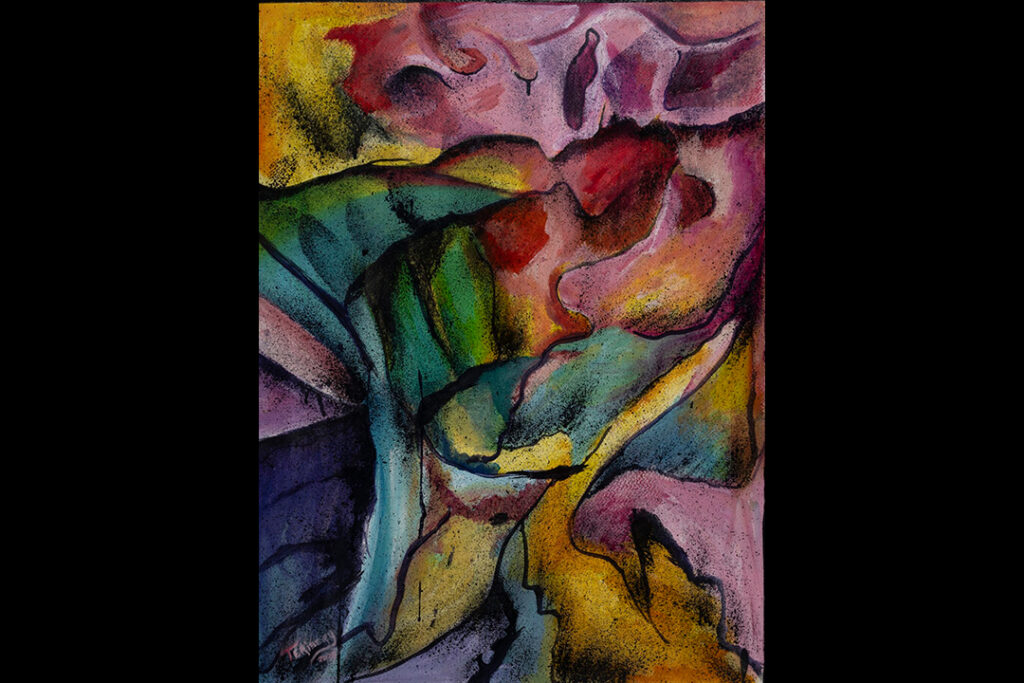The order that launched the Revolutionary War, 250 years later

The ‘shot heard ’round the world’ can be traced to one manuscript containing the orders for the Concord Expedition on April 18, 1775. The quill-to-paper draft orders, penned by British Army officer Thomas Gage, sparked the Battle at Lexington and Concord the following day. U-M’s Clements Library holds the document.
-
A most valuable player
Catcher Moe Berg may have been the ‘greatest gloveman’ in the MLB. But he also was a secret agent in World War II. ‘The Spy Behind Home Plate’ is a new documentary from Michigan Daily alumna Aviva Kempner, BA ’69/MUP ’71.
-
Arrowsmith’s inspiration
The first and arguably greatest American novel about a scientist — Sinclair Lewis’ Pulitzer Prize-winning Arrowsmith — never could have been written without the real-life character Lewis found at U-M. But the writer never delivered the credit he promised.
-
Old bones, new home
U-M’s Museum of Natural History is now open in the Biological Sciences Building, blurring the traditional boundaries between researcher and visitor.
-
Teachable moments
The recent loss of children’s icon Bob McGrath, ’54, inspired us to resurface the following feature that ran when ‘Sesame Street’ marked its 50th anniversary. In this piece, ‘Bob’ reflected on the ways ‘Sesame Street’ taught him ‘to value children in a new way.’ McGrath, once a tenor soloist in U-M’s Men’s Glee Club, spent 45 years with the show.
-
Junk food junkies
It’s not easy to kick a bad habit, especially if that habit involves carbohydrates and sugar. Psychology professor Ashley Gearhardt says if one can stave off cravings for at least five days, the chance of success increases.
-
Fund supports reporters
Former media executive John Madigan, BBA ’58/MBA ’59, empowers student journalists with a fund named for former Chicago Tribune editor and Michigan Daily alumna (1977-78) Ann Marie Lipinski, BA ’94.
Columns
-
President's Message
Reaffirming our focus on student access and opportunity
U-M seeks to ensure every student will rise, achieve, and fulfill their dreams. -
Editor's Blog
Peace out
It's a mad, mad, mad, mad world out there. -
Climate Blue
Keeping our focus on climate
As federal support for climate science wanes, Ricky Rood remains hopeful. -
Health Yourself
Are you an ‘ager’ or a ‘youther’?
Why do some people appear younger or older than people born in the same year?
Listen & Subscribe
-

MGo Blue podcasts
Explore the Michigan Athletics series "In the Trenches," "On the Block," and "Conqu'ring Heroes." -

Michigan Ross Podcasts
Check out the series "Business and Society," "Business Beyond Usual," "Working for the Weekend," and "Down to Business." -

Michigan Medicine Podcasts
Hear audio series, news, and stories about the future of health care.
In the news
- USA Today US consumer sentiment and expectations fall again in April as tariff uncertainty continues
- CNN Beyond Ivy League, RFK Jr.'s NIH slashed science funding across states that backed Trump
- Detroit Free Press Inflation is slowing. Wages are up. So why does life feel costly for many Michiganders?
Creativity and connection across prison walls
One of the world’s largest and longest-running exhibitions of incarcerated artists is back with new programming designed to foster connection and deepen public understanding of incarceration in Michigan. The 29th annual Exhibition of Artists in Michigan Prisons, curated by U-M’s Prison Creative Arts Project, showcases 772 artworks by 538 artists incarcerated in 26 state prisons. The Duderstadt Center Gallery on U-M’s North Campus is presenting the artwork through April 1.


